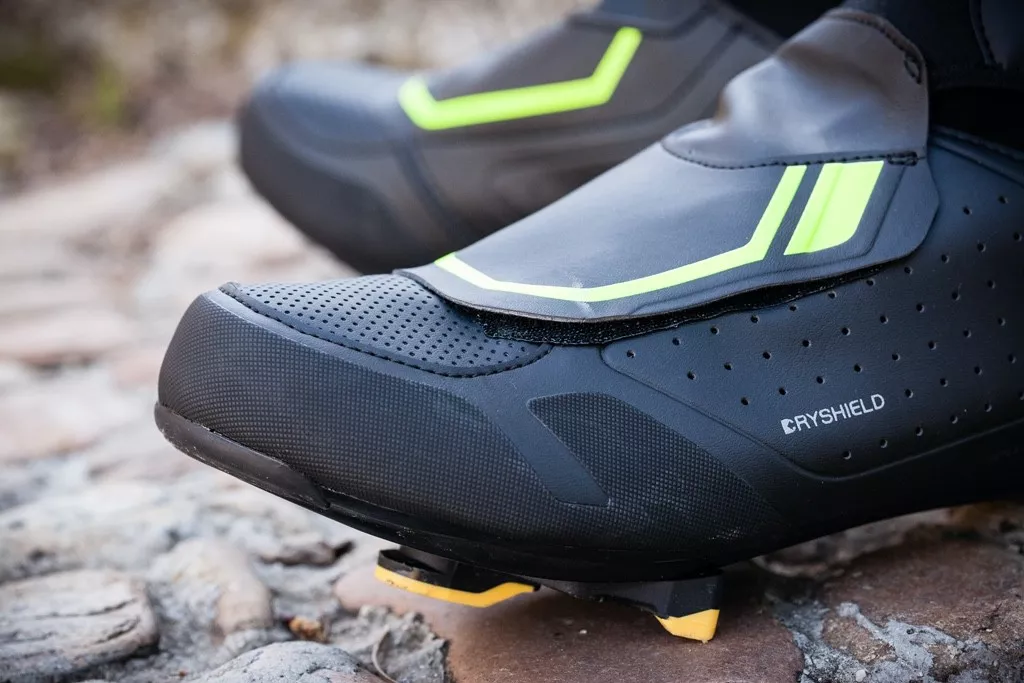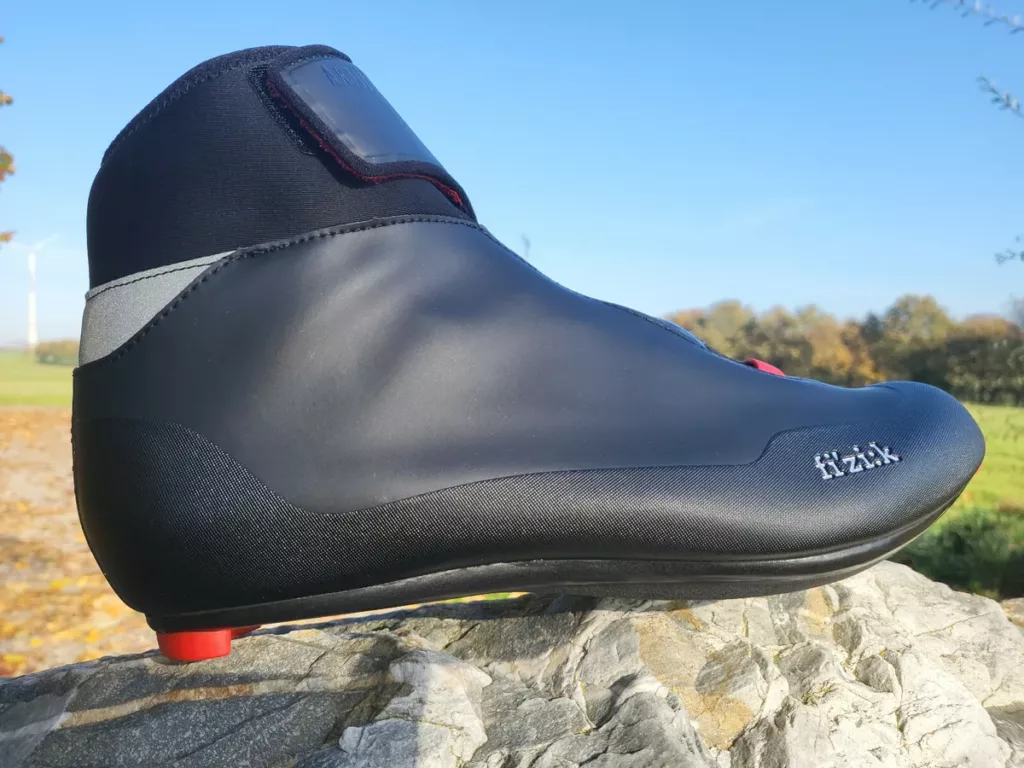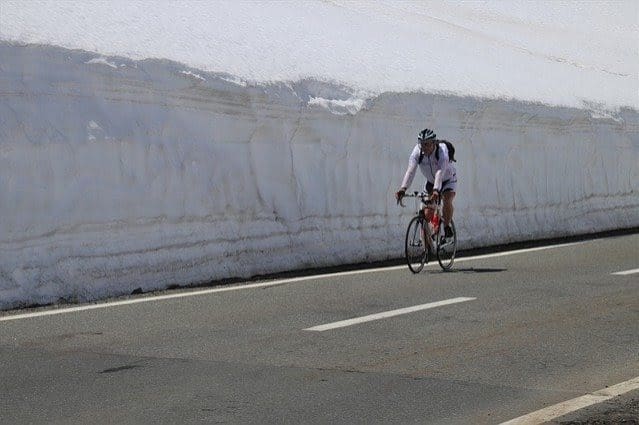Winter road cycling presents unique challenges, particularly when it comes to keeping your feet warm and comfortable without sacrificing performance. This article delves into the world of winter road shoes, focusing on how they balance comfort and performance in cold conditions. We’ll explore key features to look for, such as insulation, waterproofing, and breathability, and how these elements work together to protect your feet while maintaining efficient power transfer. Whether you’re braving the cold for training or leisure rides, understanding what makes a great pair of winter road shoes can make all the difference in your cycling experience during the colder months.
Table of Contents
ToggleWhat are the best winter road shoes for cycling?
When it comes to choosing the best winter road shoes for cycling, it’s important to consider a variety of factors. The best shoes will depend on your personal preferences, the type of cycling you do, and the specific conditions you’ll be cycling in.
For instance, if you’re an avid road cyclist who often rides in cold, wet conditions like for the Rapha Festive 500, you’ll want to look for shoes that are waterproof and insulated. Some of the top-rated winter road shoes in this category include the Fizik Artica R5 and the Shimano RW5 Dryshield.
On the other hand, if you’re a casual cyclist who only rides in mild winter conditions, you might prefer a shoe that is water-resistant rather than waterproof. These shoes tend to be more breathable, which can make them more comfortable for shorter rides. The Giro Empire ACC and the Sidi Zero Gore are popular choices in this category.
Regardless of the specific type of shoe you choose, it’s important to look for features such as a secure fit, good insulation, and durable construction. Additionally, many cyclists find that shoes with a stiff sole offer the best performance on the road.

How do I choose the right size of winter road shoes?
Choosing the right size of winter road shoes is crucial for comfort and performance. Too small, and your feet will be cramped and uncomfortable. Too large, and your feet may move around in the shoe, leading to a loss of power and potential blisters.
Start by measuring your foot. This can be done by placing your foot on a piece of paper and tracing around it. Measure the length from the heel to the tip of your longest toe. This measurement can then be compared to the sizing chart provided by the shoe manufacturer.
Remember that sizing can vary between brands, so it’s always a good idea to try on a few different pairs before making a decision. Also, keep in mind that your feet can swell during a long ride, so it’s a good idea to choose a size that offers a bit of extra room.
When trying on shoes, wear the same socks that you plan to cycle in. The shoes should feel snug but not tight, with enough room to wiggle your toes. The heel should be secure in the shoe and not slip when you walk or pedal.
What features should I look for in winter road shoes?
When shopping for winter road shoes, there are several key features to look for. First and foremost, the shoes should offer good insulation to keep your feet warm in cold conditions. Look for shoes with a thermal lining or a built-in gaiter for extra warmth.
Waterproofing is another important feature. Many winter road shoes are made with a waterproof membrane to keep your feet dry in wet conditions. However, keep in mind that waterproof shoes may not be as breathable as non-waterproof shoes, which could lead to sweaty feet on warmer days.
A good fit is crucial for comfort and performance. Look for shoes with a secure closure system that allows for easy adjustments. This could be a traditional lace-up design, a ratchet system, or a dial system like Boa.
Finally, consider the sole of the shoe. A stiff sole will provide better power transfer, making your pedal strokes more efficient. Some winter road shoes also have a rubber outsole for better traction in slippery conditions.

How do I maintain and clean my winter road shoes?
Proper maintenance and cleaning can extend the life of your winter road shoes and keep them performing at their best. Start by cleaning off any dirt or mud after each ride. This can be done with a soft brush and warm soapy water. Avoid using harsh chemicals or high-pressure water, as these can damage the shoes.
If the shoes are wet, stuff them with newspaper and let them dry naturally. Avoid placing them near a heat source, as this can warp the shoes and damage the materials. Once the shoes are dry, remove the newspaper and let them air out for a few more hours.
Regularly check the shoes for signs of wear and tear. If the sole is starting to separate from the upper, or if the closure system is not working properly, it may be time to replace the shoes.
Finally, consider using a waterproofing spray or wax on the shoes to enhance their water resistance. This can be especially useful if you frequently ride in wet conditions.
Are winter road shoes worth the investment?
Whether or not winter road shoes are worth the investment will depend on your specific needs and circumstances. If you frequently cycle in cold, wet conditions, then investing in a pair of winter road shoes can greatly enhance your comfort and performance. These shoes are designed with features such as insulation and waterproofing to protect your feet from the elements.
On the other hand, if you only occasionally ride in winter conditions, or if you live in a mild climate, then you might be able to get by with your regular cycling shoes and a pair of shoe covers. This can be a more cost-effective solution, although it may not provide the same level of comfort and protection as a dedicated pair of winter road shoes.
Ultimately, the decision will come down to your personal preferences and budget. However, many cyclists find that investing in a pair of winter road shoes is well worth the cost for the added comfort and performance they provide.
How do winter road shoes improve cycling performance?
Winter road shoes can improve cycling performance in a number of ways. Firstly, they are designed to keep your feet warm and dry in cold, wet conditions. This can help to prevent issues such as numbness and frostbite, which can seriously impact your ability to pedal effectively.
Secondly, many winter road shoes are designed with a stiff sole for better power transfer. This means that more of your energy is transferred directly to the pedals, making your pedal strokes more efficient.
Finally, a good pair of winter road shoes can improve your comfort on the bike, which can have a big impact on your performance. If your feet are comfortable, you’re likely to be able to ride for longer and at a higher intensity.
Can I use regular cycling shoes during winter?
While it’s possible to use regular cycling shoes during winter, it’s not typically recommended. Regular cycling shoes are not designed to provide the same level of insulation and waterproofing as winter road shoes, which can leave your feet cold and wet in winter conditions.
If you do choose to use regular cycling shoes in winter, consider using shoe covers for added protection. Shoe covers are made from waterproof and insulating materials and can be slipped over your regular cycling shoes to provide some protection from the elements. You can also tape up the air ventilation holes from the inside of the shoe to prevent water ingress.
However, keep in mind that shoe covers may not provide the same level of comfort and performance as a dedicated pair of winter road shoes. If you frequently ride in cold, wet conditions, investing in a pair of winter road shoes could be a worthwhile investment.
How do winter road shoes provide comfort during long rides?
Winter road shoes are designed with several features to enhance comfort during long rides. Firstly, they are typically made with a thermal lining or insulation to keep your feet warm in cold conditions. This can help to prevent discomfort and numbness that can occur when your feet get cold.
Secondly, many winter road shoes are made with a waterproof membrane to keep your feet dry in wet conditions. Wet feet can lead to blisters and discomfort, so this feature can greatly enhance your comfort on long rides.
Finally, a good pair of winter road shoes will offer a secure and adjustable fit. This can help to prevent your feet from moving around in the shoe, which can lead to blisters and discomfort. Look for shoes with a secure closure system that allows for easy adjustments, such as a dial system or a ratchet system.
What are the top brands for winter road shoes?
There are several top brands that are well-known for their high-quality winter road shoes. These include:
- Fizik
Known for their high-performance cycling shoes, Fizik offers a range of winter road shoes that are designed for comfort and performance in cold, wet conditions. - Shimano
A leading brand in the cycling industry, Shimano offers a range of winter road shoes that are renowned for their durability, comfort, and performance. - Giro
Giro is known for their innovative designs and high-quality materials. Their winter road shoes offer a combination of comfort, performance, and style. - Sidi
Sidi is a well-respected brand in the cycling world, known for its high-quality and durable shoes. Their winter road shoes are no exception, offering excellent performance in a range of conditions.
How do I break in my new winter road shoes?
Breaking in your new winter road shoes can enhance their comfort and performance. Start by wearing them around the house for a few hours at a time. This can help to soften the materials and mould the shoes to the shape of your feet. Next, take them for a short ride. This will give you a chance to adjust the fit and get used to the feel of the shoes on the bike. Be sure to bring along your tools so you can make any necessary adjustments on the go.
Continue to wear the shoes on short rides until they feel comfortable. Avoid wearing them on a long ride until they are fully broken in, as this could lead to blisters and discomfort. Remember, it’s normal for new shoes to feel a bit stiff and uncomfortable at first. However, if the shoes are still uncomfortable after several rides, they may not be the right fit for you.






